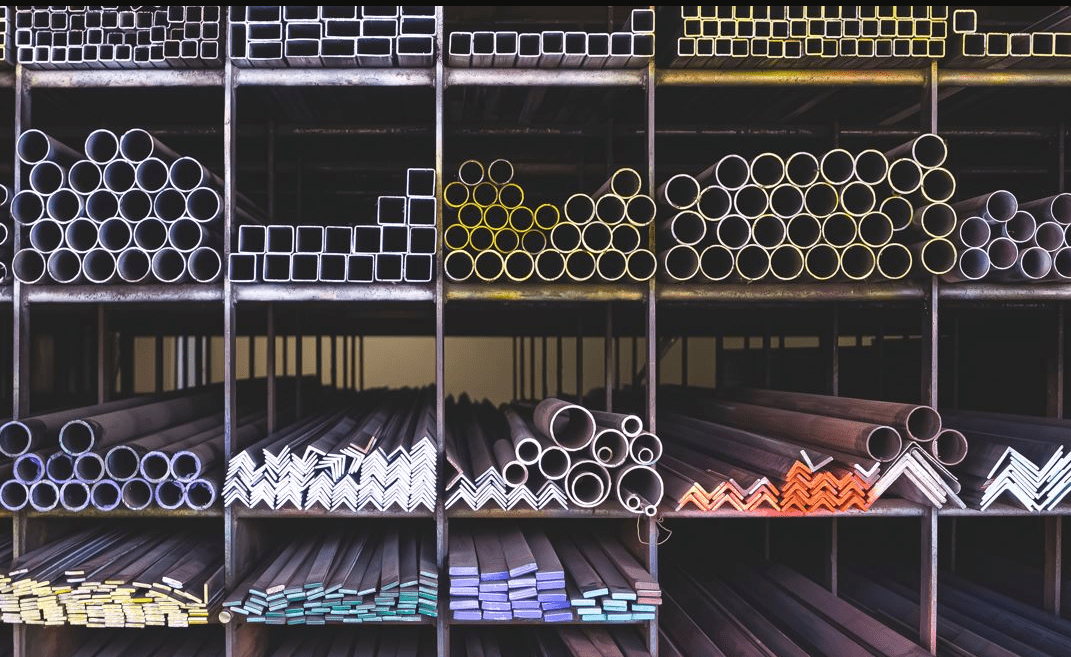Industrial piping systems are essential for many industries, but their installation and maintenance can be expensive. Fortunately, there are ways to reduce costs without compromising quality or safety.

Modern tanker fleets are now equipped with GPS and telematics systems that provide real-time tracking, route optimization, and maintenance alerts. This not only increases efficiency but also boosts safety and customer transparency.
Sensors inside tanks can now monitor temperature, pressure, and liquid levels in real time. This helps prevent leaks, contamination, or overflows — all while keeping operators informed instantly.
Automation reduces human error and speeds up loading and unloading times. With better precision, companies can improve turnaround times and reduce waste.
Hybrid engines and lightweight materials are helping to reduce fuel consumption and emissions, making tanker transport more sustainable than ever.
Technology is reshaping the way industrial liquids are transported. Investing in innovation not only improves safety and performance — it also gives businesses a competitive edge in an increasingly demanding market.








